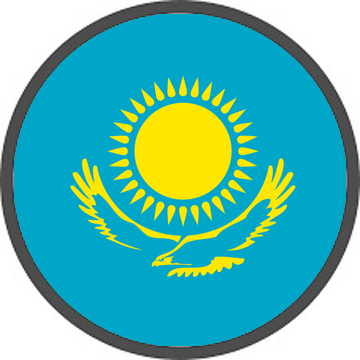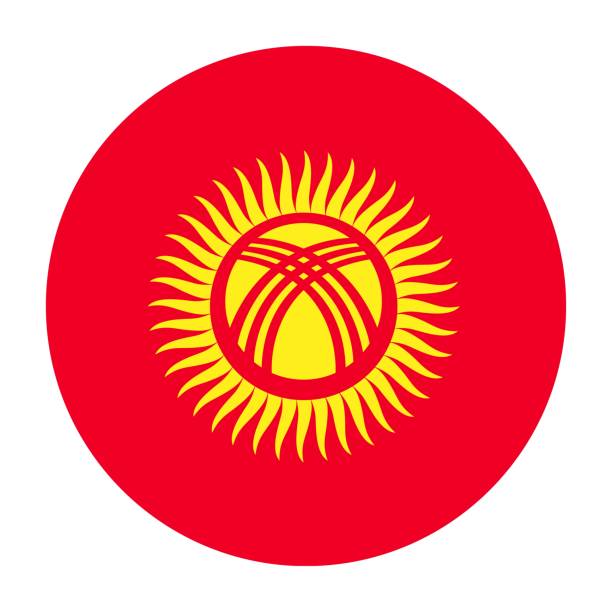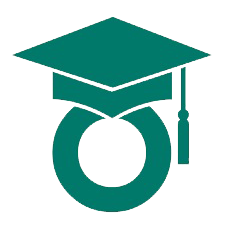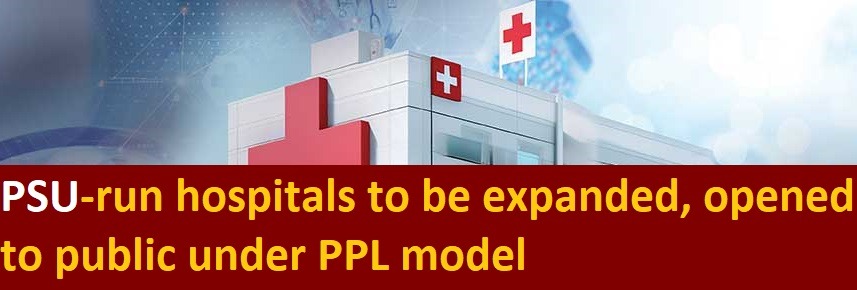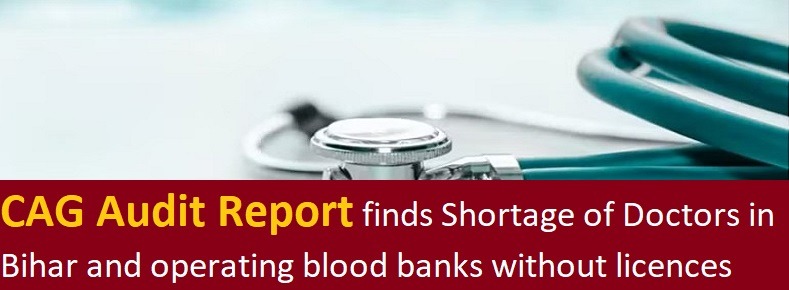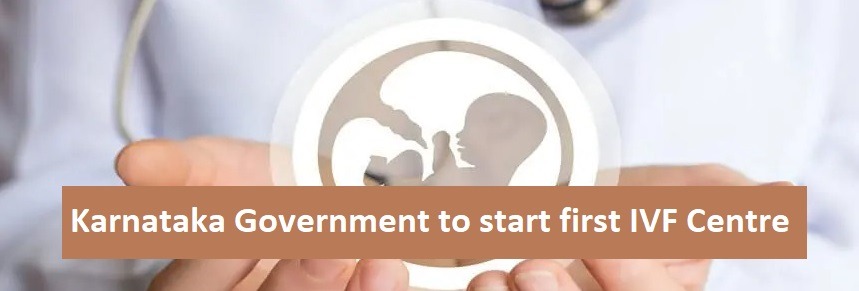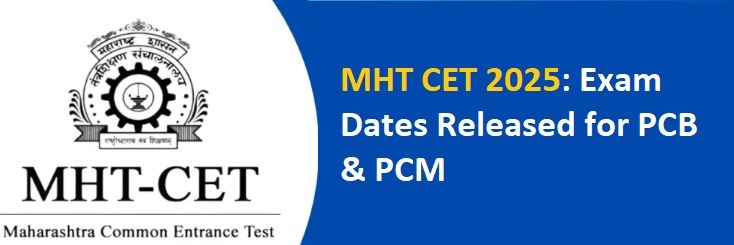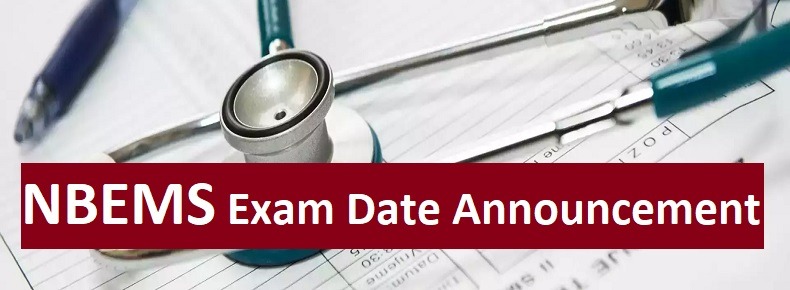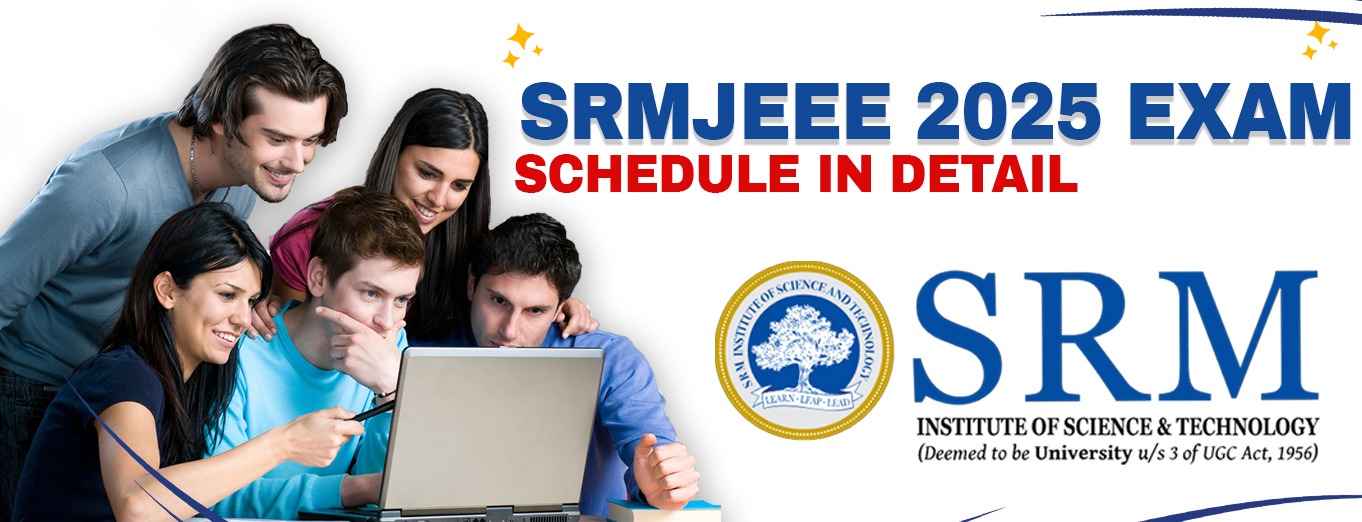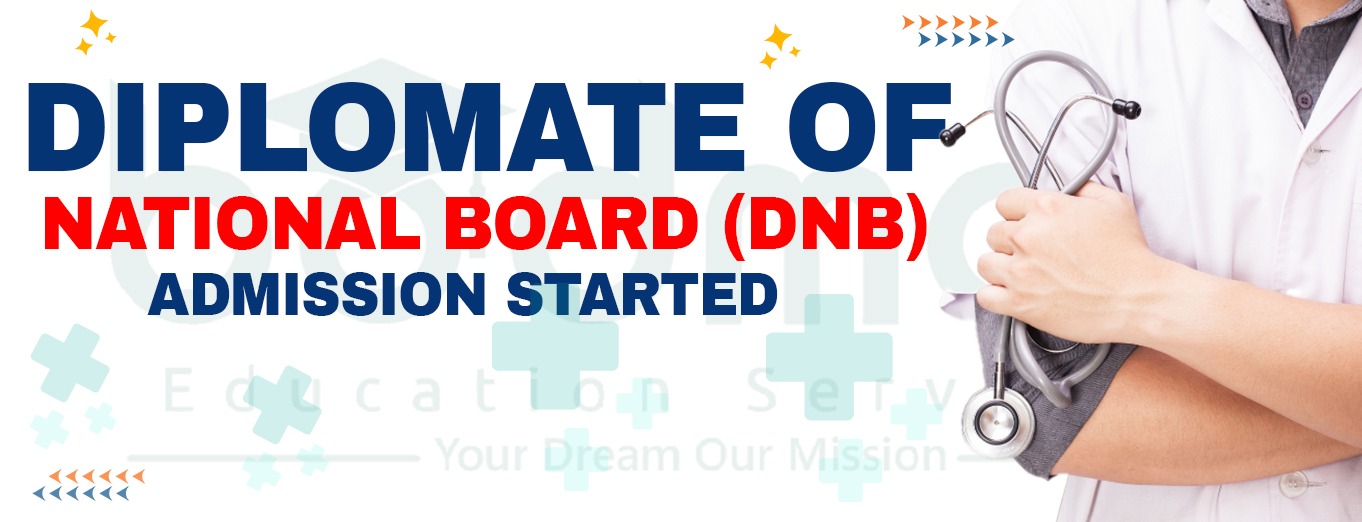Upcoming SRMJEEE 2025 Exam pattern
SRM Institute of Science and Technology organizes joint engineering examinations every year in two phases. This exam is designed for candidates who want to take admission in B.Tech programs offered in various colleges under SRM Institute. SRMJEE 2025 notification will be released in November 2024.
Along with the official notification, the registration for SRMJEE exam will also start. Interested candidates who have cleared their 10+2 educational criteria before applying for SRMJEEE 2025. Admission offers will be made to candidates based on their All India status by SRMIST. SRMJEEE 2025 Admit Card will be released one week before the exam starts. Candidates can download from the official website using their login credentials. Candidates must complete their seat reservation process before publication.
SRMJEEE 2025 Exam Pattern
The SRM Institute of Science and Technology (SRMIST) will conduct the SRM Joint Engineering Entrance Exam (SRMJEEE) in an online remote proctored format. The exam pattern for 2025 consists of five sections: Mathematics, Physics, Chemistry, English, and Aptitude. All questions are based on the 10+2 level curriculum.
The SRMJEEE will feature a total of 125 questions, with the Mathematic section having the highest number at 40 questions. Physics and Chemistry will each contain 35 questions, while the English section will include 5 questions, and the Aptitude section will have 10 questions.
| Subject name |
Units |
| Physics (total 35 questions) |
Units and Measurements
Kinematics
Laws of Motion
Work, Energy, and Power
System of Particles and Rotational Motion
Gravitation
Properties of Bulk Matter
Thermodynamics
Behaviour of Perfect Gas and Kinetic Theory
Oscillations and Waves
Electrostatics
Current Electricity
Magnetic Effects of Current and Magnetism
Electromagnetic Induction and Alternating Currents
Electromagnetic Waves
Optics
Dual Nature of Matter and Radiation
Atoms and Nuclei
Electronic Devices |
| Chemistry |
Some Basic Concepts of Chemistry
Structure of Atom
Classification of Elements and Periodicity in Properties
Chemical Bonding and Molecular Structure
States of Matter: Gases and Liquids
Thermodynamics
Equilibrium
Redox Reactions
Hydrogen
s-Block Element (Alkali and Alkaline earth metals)
Some p-Block Elements
Organic Chemistry – Some Basic Principles and Techniques
Hydrocarbons
Environmental Chemistry |
| Mathematics |
Sets, Relations, and Functions
Complex Numbers and Quadratic Equations
Permutations and Combinations
Binomial Theorem
Sequences and Series
Straight Lines and Conic Sections
Limits and Derivatives
Mathematical Reasoning
Statistics and Probability
Trigonometric Functions
Matrices and Determinants
Quadratic Equations
Linear Programming
Three-Dimensional Geometry
Differential Equations
Vectors
Probability Distribution |
| English |
Comprehension passages
Grammar and Vocabulary
Synonyms and Antonyms
Sentence Correction |
|
Aptitude |
Logical Reasoning
Analytical Reasoning
Data Interpretation
Basic Mathematics Skills |
There will be no negative marking, and each question is worth 1 mark. All questions will be multiple-choice. Since the exam is conducted in an online remote proctored mode, candidates can take it from their homes using their own laptops or computers. Before the exam, candidates must install the SRMJEEE Safe Exam Browser on their systems. This has been clear that
SRMJEEE will be conducted in two phases. The application form is out for both the phases on the official website. Interested students can visit srmist.edu.in.
SRMJEEE 2025: Eligibility Criteria
To register for the exam, interested candidates for SRMJEEE 2025 must meet the following qualifying requirements:- Applicants may apply if they are citizens or non-residents of India (NRI) and possess a PIO or OCI card that has been granted by the Indian government.
- On July 31, the year the board exam is held, the candidate must be 16 years and 6 months old.
- Candidates must have earned a minimum of 60% overall on their 10+2 high school diplomas. (with mathematics and physics required courses)
SRMJEEE 2025 Slot Booking: Registered candidates will be able to reserve the day and time of their choice for the SRMJEEE 2025 exam through SRMIST. The SRMJEEE slot booking window for 2025 will open when it is time to reserve the exam day and time. Using their individual SRMJEEE logins, registered candidates can reserve their preferred timeslots for the online proctored exam at srmist.edu.in. A week before to the exam, the SRMJEEE slot booking process opens for each phase independently. The contestant can download the SRMJEEE hall ticket after reserving a seat. The SRMJEEE exam typically has three seats available each day. Read on for all the information you need to book a spot for SRMJEEE 2024, including how to do so and other crucial instructions.
SRMJEEE 2025: Admit Card
The admit card for SRMJEEE 2025 is now available on the official website, srmist.edu.in. Candidates will receive an email notification once it has been released. Here are the simple steps to download the SRMJEEE admit card:
Step 1: Go to the official website, srmist.edu.in.
Step 2: Click on the link for the admit card notification.
Step 3: Enter your credentials and click submit.
Step 4: Your admit card will appear on the screen.
Step 5: Download the admit card and be sure to print a hard copy.
How to Download the SRMJEEE Answer Key 2025
The SRMJEEE answer key for 2025 will be available online on the official website. Follow these steps to download it:
- Go to the official website at srmist.edu.in.
- Click on the link for the SRMJEEE 2025 exam portal.
- Find and click on the link for the SRM answer key 2025.
- Download the SRMJEEE answer key from the website.
- Candidates can use this answer key to estimate their probable scores in the exam.
SRMJEEE 2025: Results
The results for SRMJEEE 2025 a merit list that ranks students according to their performance and the number of available seats. This merit list will determine which candidates are offered admission based on that will be published as scorecards, which candidates can easily download from the official website. After the scorecards are made available, SRM Institute of Science and Technology (SRMIST) will generate it scores. Following the announcement of admissions, the counselling process will commence shortly thereafter, guiding students through the next steps in securing their place.
SRMJEEE Counselling 2025
The SRM Institute of Science and Technology (SRMIST) will conduct the SRMJEEE 2025 counselling online at srmist.edu. Candidates seeking admission must participate in this counselling process, which is only open to those who have qualified in the SRMJEEE exam. The counselling process includes several steps: filling in preferences for courses, seat allotment, and fee payment. Seat allocation will depend on the choices made by candidates and their ranks in SRMJEEE 2025.
The counselling is anticipated to occur in two phases. Aspirants must complete their registration for the SRM counselling within the specified timeframe. The dates for each counselling phase will be announced on the official website. After the counselling process concludes, the authorities may release the SRMJEEE cut-off
It is important to note that participating in the SRMJEEE 2025 counselling does not guarantee admission to the SRM Institute of Science and Technology. For detailed information on counselling dates, processes, and more, please refer to the complete article.




